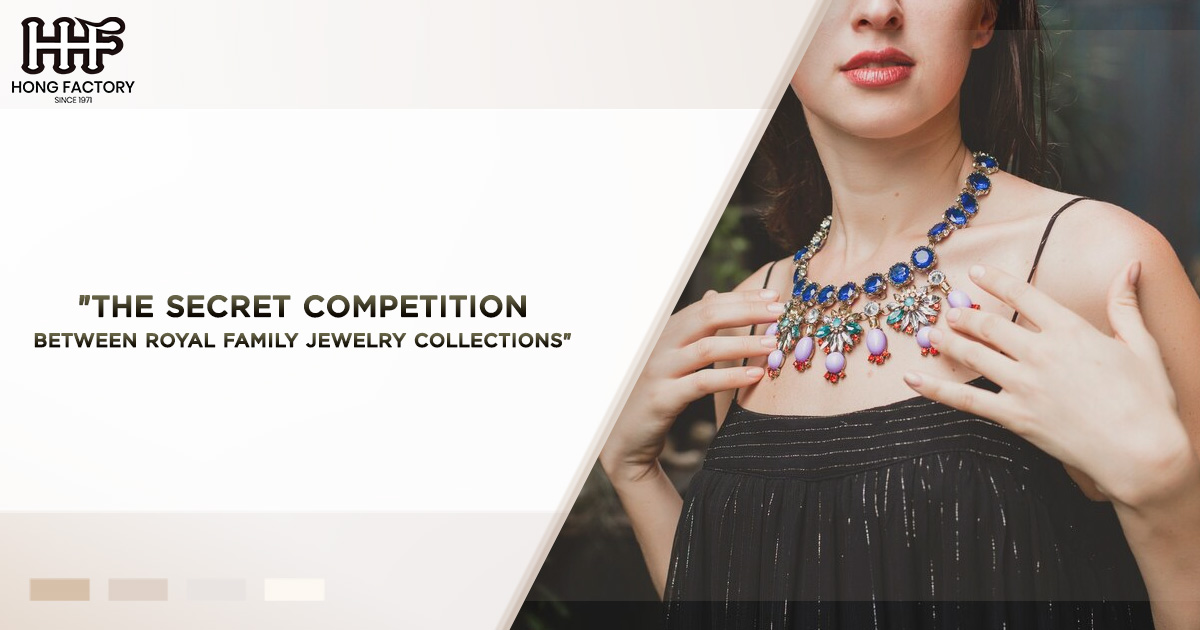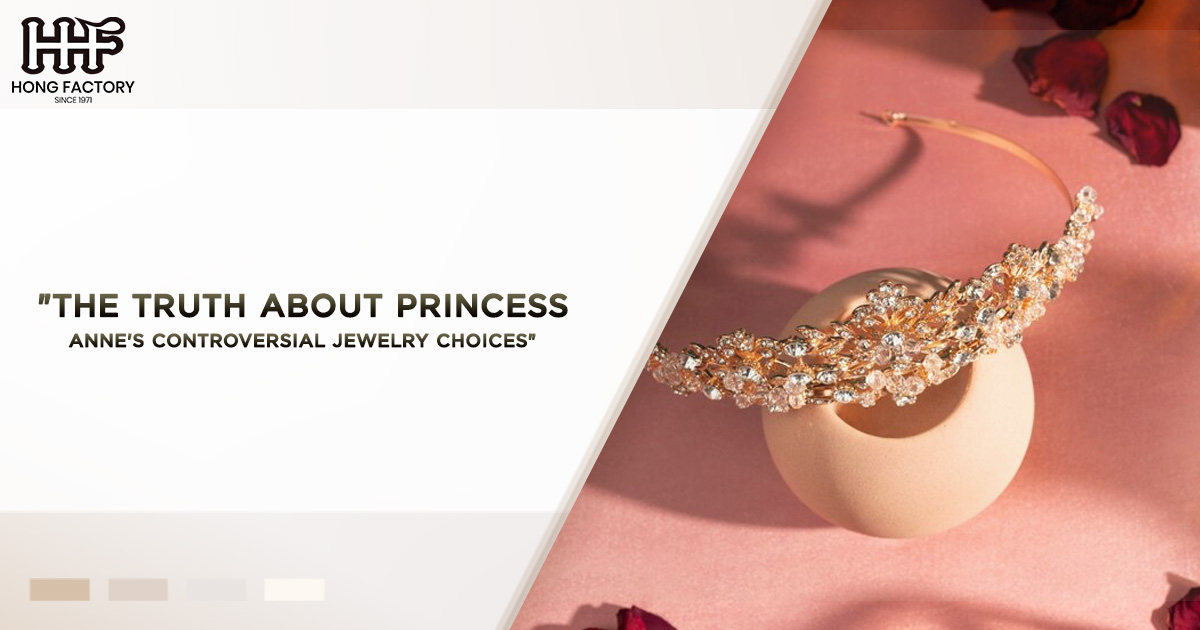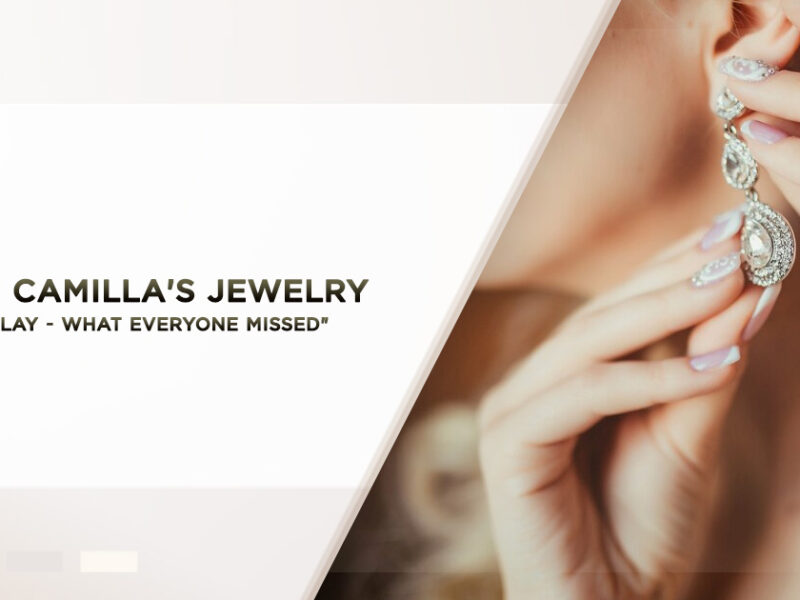Throughout history, royal families across the globe have amassed incomparable jewelry collections, symbolizing power, prestige, and heritage. Beyond their staggering beauty, these family jewels carry deep historical significance and serve as cultural artifacts.
However, beneath the sparkling allure lies an unspoken royal rivalry that fuels a unique competition which royal family boasts the most impressive collection? This article delves into the fascinating world of royal jewelry, analyzing the historical pieces, their current usage, and how different monarchies compare in this dazzling spectacle of wealth and influence.
The Historical Significance of Royal Jewelry Collections
Royal jewelry collections are far more than ornamental treasures. They are a testament to historical alliances, dynastic continuity, and the political clout of monarchies across centuries. Many of the world’s most iconic pieces were crafted to commemorate significant events, such as coronations, weddings, and treaties.
Legacy and Diplomacy
For instance, the British Crown Jewels, arguably the most famous treasure trove in existence, reflect centuries of imperial dominance and tradition. The Imperial State Crown, adorned with the Cullinan II diamond, tells the story of Britain’s colonial legacy, while the Koh-i-Noor diamond, steeped in controversy, represents the complex history of conquest and cultural exchange with India.
On the other hand, the Romanov dynasty’s jewelry, once housed in the palaces of Imperial Russia, epitomized opulence and excess. Pieces like the Fabergé eggs and the Russian nuptial tiara are renowned for their extraordinary craftsmanship, symbolizing Russia’s golden era before the monarchy’s fall.
Similarly, the House of Bourbon in France once rivaled the British monarchy’s opulence, with jewels like the French Blue diamond (which eventually became the Hope Diamond) serving as symbols of the Sun King’s splendor. This legacy was nearly extinguished during the French Revolution but continues to inspire modern royal collections.
Religious and Cultural Influences
Jewelry in royal families is also deeply tied to cultural and religious traditions. For example, the Mughal emperors of India, whose treasures were later dispersed to European monarchies, infused their jewelry with Islamic and Hindu artistry. Meanwhile, the royal families of the Middle East, such as the Qajars and Pahlavis of Iran, have historically adorned themselves with intricate pieces that reflect Persian culture and tradition.
Contemporary Comparisons : The Glittering Royal Rivalry
Today, modern monarchies still maintain extensive jewelry collections, though their usage and cultural significance have evolved. Comparing the jewelry collections of contemporary royal families reveals a fascinating royal rivalry over who wields the most breathtaking family jewels. Below, we analyze the most notable collections.
The British Royal Family
The British monarchy undoubtedly holds one of the largest and most diverse jewelry collections in the world. From the Crown Jewels to personal ornaments passed down through generations, the Windsor family is unmatched in terms of sheer historical significance.
Key pieces include the Imperial State Crown, the Queen Mary Fringe Tiara (worn by Queen Elizabeth II and Princess Beatrice at their weddings), and the Cambridge Lover’s Knot Tiara, famously worn by Princess Diana and Catherine, Princess of Wales. These pieces are not relegated to museum displays but are regularly worn during state banquets, galas, and televised ceremonies, showcasing their relevance in modern royal life.
The Swedish Royal Family
Scandinavia offers a more understated but equally impressive display of family jewels. The Swedish royal collection, with its blend of history and subtle elegance, includes the Cameo Tiara, which dates back to Empress Joséphine of France, Napoleon Bonaparte’s first wife. This tiara has graced the heads of Swedish queens and princesses at royal weddings for generations.
The Swedes prioritize tradition over grandeur, often repurposing historical pieces for modern fashion. This approach highlights their ability to remain connected to their past while adapting to the present.
The Royal Families of the Middle East
In the Middle East, monarchs like the Al-Saud family in Saudi Arabia and the Al-Thani family in Qatar have commissioned modern masterpieces to complement their ancestral collections. For example, Sheikha Moza bint Nasser of Qatar, known for her sophisticated style, frequently dons contemporary, custom-designed high jewelry from brands like Cartier, Van Cleef & Arpels, and Bulgari.
These collections might lack historical depth compared to European monarchies but make up for it with sheer opulence and innovation, reflecting the region’s immense oil wealth and prominence on the global stage.
The Danish Royal Family
The Danish royals may not have the most ostentatious collection, but they make up for it with the longevity and sentimental value of their jewels. The Danish Ruby Parure Tiara, originally gifted to Queen Désirée of Sweden by Napoleon, has become a staple of Denmark’s official events. The Danish royals excel in curating and reinterpreting historical pieces for modern usage, merging Scandinavian minimalism with regal glamour.
The Japanese Imperial Family
Unlike their European counterparts, the Japanese Imperial family adopts a reserved approach to royal jewelry. While their collection includes culturally significant pieces made of pearls and precious metals, the designs are understated, reflecting Japan’s values of simplicity and harmony. The Mikimoto pearl tiara is a prime example, symbolizing the nation’s craftsmanship and natural resources.
Current Usage of Royal Family Jewels
While these prized heirlooms were once the markers of divine rule, their role today has shifted. Modern royals primarily use their collections to bolster their image, represent their countries, and celebrate significant occasions.
State Ceremonies and Diplomacy
Royal jewels serve as vital tools for diplomacy and tradition. For example, Queen Camilla of the United Kingdom has been seen wearing meaningful pieces from the Crown Jewels during state visits, subtly reinforcing Britain’s long-standing global influence. Similarly, the Dutch royal family frequently showcases their tiaras during state banquets, emphasizing their role as cultural ambassadors.
Public Engagements
The use of royal jewelry in public settings fosters a connection between monarchies and their subjects. When Catherine, Princess of Wales, wears the Cambridge Lover’s Knot Tiara, she evokes nostalgia for Princess Diana, strengthening the public’s emotional attachment to the British royal family.
Personal Celebrations
From weddings to christenings, family jewels are an essential part of private royal milestones. For instance, Meghan Markle’s engagement ring featured diamonds from Princess Diana’s personal collection, highlighting the sentimental value of these timeless treasures.
The Future of Royal Jewelry : Conservation and Adaptation
As monarchies evolve, so too will their attitude toward jewelry. The trend of repurposing and reinterpreting historic pieces for contemporary occasions is likely to continue. This practice not only preserves the relevance of these heirlooms but also ensures that they remain part of the royal identity.
On the other hand, questions surrounding the ethics of acquiring and retaining contentious jewels, such as the Koh-i-Noor diamond, may pressure monarchies to reevaluate their collections. Restitution of cultural artifacts might become a poignant topic in this royal rivalry, potentially reshaping the narrative around some of history’s most famous pieces.
Conclusion
The secret competition between royal family jewelry collections illuminates a fascinating intersection of history, glamour, and international influence. Whether it’s the British monarchy’s incomparable Crown Jewels, the understated elegance of Scandinavian tiaras, or the modern flair of Middle Eastern treasures, each collection tells a unique story of power and legacy.
As royals adapt their public roles in the 21st century, these family jewels remain enduring symbols of their heritage and status. In a world fascinated by luxury and history, the allure of these glittering treasures ensures that the royal rivalry over historical pieces will remain a captivating topic for generations to come.


